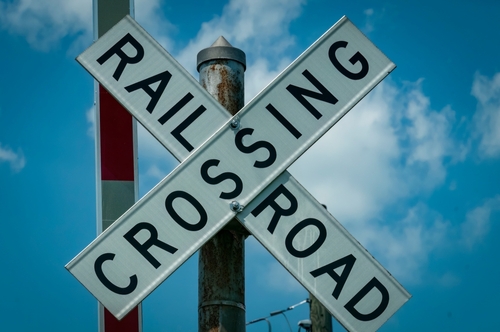
On Tuesday, the U.S. Department of Transportation’s Federal Railroad Administration (FRA) announced it was making more than $1.1 billion in Railroad Crossing Elimination (RCE) grant funding available.
In the Notice of Funding Opportunity, the FRA said the money would be invested in improving railroad crossing safety and efficiency for projects including grade separation construction, safety devices at crossings, or at-grade crossing closings where roads and train tracks intersect. The grant funding furthers the FRA’s focus on addressing collisions and blockages at grade crossings, officials said.
“This program demonstrates how President Biden’s infrastructure package is directly benefiting communities across America, serving to keep citizens safe and improve their quality of life,” U.S. Transportation Secretary Pete Buttigieg said. “By making grade crossings safer or eliminating them altogether, we are acting to ensure Americans spend less time stuck in lengthy delays, can get around their neighborhoods more easily and safely, and can avoid the needless tragedies that result from collisions with trains.”
Officials said the project applications will be evaluated on whether they improve safety, increase community connectivity, enhance access to emergency services, improve the mobility of goods, strengthen supply chains and reduce noise. The agency said a minimum of 20 percent of the funding (about $230 million for this round of funding) will be set aside for projects in rural communities or on Tribal lands.
“Thanks to President Biden’s Bipartisan Infrastructure Law, FRA is equipped with unprecedented levels of resources to tackle long-standing issues of grade crossing collisions and blocked crossings, which create safety risks for numerous communities around the country,” FRA Administrator Amit Bose said. “Railroads play a vital role in our nation’s transportation network by moving people and goods in a sustainable and efficient way, and the funding announced today will help ensure that railroad operations are compatible with safety and mobility in the communities through which trains move.”